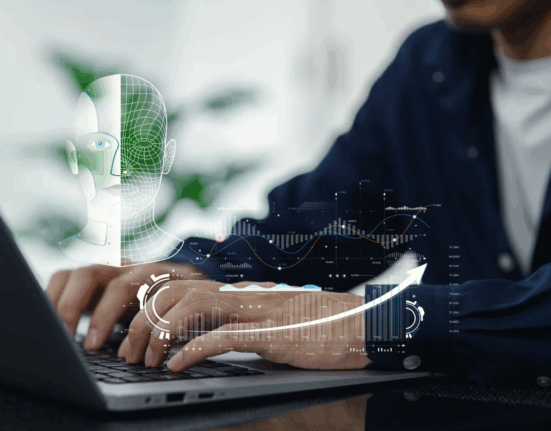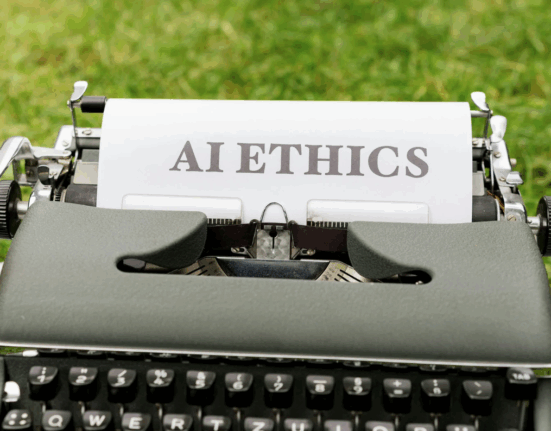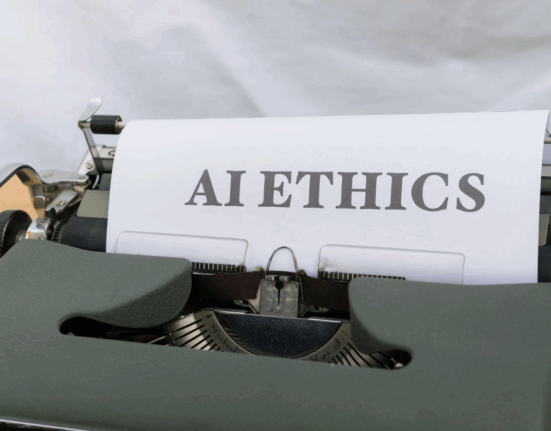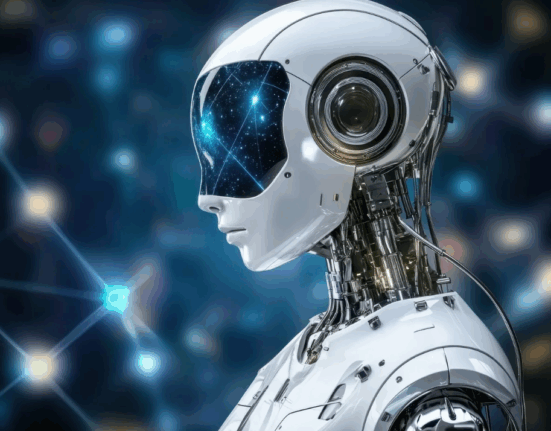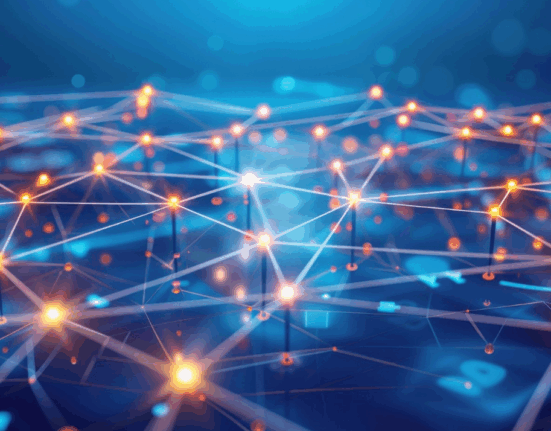Artificial intelligence is often seen as objective—machines analyzing data without human emotion or prejudice. But as history has shown, AI can reflect and even amplify human bias. From hiring decisions to healthcare diagnoses, algorithmic bias has led to serious ethical and societal consequences.
Understanding real-world examples of AI bias is essential for developing systems that are fair, accountable, and trustworthy. By examining what went wrong and what was learned, we can build better frameworks for responsible AI.
Understanding AI Bias
AI bias occurs when an algorithm produces unfair or prejudiced results due to flawed data, model design, or underlying assumptions.
Bias in AI usually stems from three key factors:
- Historical data bias: When training data reflects social inequalities or discrimination.
- Algorithmic bias: When the design or structure of the model favors certain outcomes.
- Human bias: When developers unconsciously encode their own assumptions into the system.
These biases can lead to real-world harm, affecting employment, healthcare, justice, and financial access.
1. Amazon’s AI Hiring Tool: Gender Discrimination
What Happened:
Amazon developed an AI tool to streamline its hiring process. The system was trained on historical resumes from successful applicants over 10 years—most of whom were men.
The AI learned to favor male candidates, penalizing resumes that included words like “women’s” (as in “women’s chess club”) or that came from all-women colleges.
Lesson Learned:
Training data reflects organizational history. If the past workforce lacked diversity, AI will perpetuate it. Companies must audit datasets and include fairness filters before deployment.
2. COMPAS: Racial Bias in Criminal Justice
What Happened:
COMPAS (Correctional Offender Management Profiling for Alternative Sanctions) was an algorithm used in the U.S. to assess recidivism risk. A 2016 ProPublica investigation found the tool disproportionately labeled Black defendants as high-risk and white defendants as low-risk, even when actual outcomes contradicted the predictions.
Lesson Learned:
AI used in justice systems must be transparent and explainable. Hidden algorithms affecting human rights require ongoing auditing, diverse testing, and public accountability.
3. Healthcare Algorithms: Unequal Treatment
What Happened:
A widely used healthcare algorithm in the U.S. was designed to identify patients needing extra care. Researchers discovered it systematically underrepresented Black patients because it used medical spending as a proxy for health needs.
Since Black patients historically spend less on healthcare (due to access barriers), the AI falsely concluded they were healthier.
Lesson Learned:
Choosing the wrong proxies for model features can lead to hidden discrimination. Ethical AI requires domain expertise, not just technical skill, to ensure metrics truly represent patient well-being.
Alt text: examining AI bias in healthcare systems using unequal spending data as a proxy for patient care
4. Apple Card Credit Limit Controversy
What Happened:
When Apple launched its credit card in partnership with Goldman Sachs, users reported gender disparities in credit limits. In multiple cases, women with equal or higher incomes than their spouses were given lower limits.
Although the algorithm was not explicitly designed to consider gender, proxy variables in the data—like financial history or household patterns—produced gender-biased results.
Lesson Learned:
Even when protected attributes like gender or race are excluded, indirect bias can emerge through correlated data. Financial institutions must test for proxy discrimination using fairness and sensitivity analysis.
5. Facial Recognition: Racial and Gender Misidentification
What Happened:
In 2018, MIT Media Lab researcher Joy Buolamwini revealed that commercial facial recognition systems (including those from IBM and Microsoft) performed poorly on darker-skinned and female faces. Accuracy rates dropped dramatically for women of color compared to white men.
Lesson Learned:
AI vision systems need diverse and balanced training datasets. Including global demographic representation ensures fairness and reduces identity-based misclassification in critical applications like law enforcement or hiring.
6. Google Photos: Offensive Labeling Error
What Happened:
In 2015, Google’s image recognition algorithm mistakenly labeled photos of Black individuals as “gorillas.” The incident caused public outrage and forced Google to disable certain labeling categories entirely.
Lesson Learned:
Lack of dataset diversity leads to catastrophic errors. Beyond technical fixes, companies must institute ethical review boards to evaluate social implications and deploy systems responsibly.
7. Recruitment Algorithms: Biased Candidate Screening
What Happened:
Several organizations using AI for resume screening discovered their tools were unintentionally biased toward certain universities, regions, or demographics.
Models trained on historical hiring data learned to favor candidates from specific backgrounds—often replicating systemic exclusion.
Lesson Learned:
AI recruitment should not only optimize for efficiency but also for fairness. Implementing blind screening features and diversity weighting helps neutralize bias in hiring pipelines.
Alt text: AI resume screening system showing bias toward certain universities and demographics
8. Social Media Algorithms: Political and Cultural Bias
What Happened:
AI algorithms on platforms like Facebook and Twitter prioritize engagement, often amplifying sensational or polarizing content. This “attention bias” leads to echo chambers, misinformation, and cultural division.
Lesson Learned:
Optimizing AI solely for clicks or engagement can produce harmful social effects. Responsible AI design must balance business metrics with ethical considerations like truthfulness, diversity of opinion, and mental health.
9. Mortgage Lending AI: Discrimination in Loan Approvals
What Happened:
Studies have found that some mortgage algorithms approved white applicants at higher rates than equally qualified minority applicants. Even when race was excluded, socioeconomic and geographic factors served as stand-ins for racial identity.
Lesson Learned:
Ethical finance requires bias mitigation frameworks, diverse training data, and continuous fairness testing. Transparent reporting helps maintain compliance and equity in lending practices.
10. AI in Law Enforcement: Predictive Policing Bias
What Happened:
Predictive policing algorithms—used to forecast where crimes are likely to occur—often sent more patrols to historically over-policed neighborhoods. This created feedback loops, reinforcing the appearance of higher crime in minority communities.
Lesson Learned:
Bias can become self-perpetuating. AI should complement, not replace, human judgment. Deploying oversight boards and context-aware models prevents systemic reinforcement of inequality.
11. Chatbots and Language Models: Toxic Bias in Text Generation
What Happened:
AI chatbots trained on open internet data (like Microsoft’s “Tay”) quickly learned and replicated offensive language and stereotypes. Within hours of launch, Tay began producing hate speech due to exposure to toxic online behavior.
Lesson Learned:
Language models need content moderation layers, curated datasets, and ethical use constraints. AI must learn human values, not just human vocabulary.
12. Autonomous Vehicles: Ethical Decision Dilemmas
What Happened:
AI driving systems must make split-second ethical decisions—like choosing between two accident outcomes. Researchers discovered that training data and design priorities could influence these moral decisions differently across cultures.
Lesson Learned:
Ethical AI design in safety-critical systems requires global collaboration, transparency, and input from ethicists—not just engineers.
Key Lessons from Real-World AI Bias
Across industries, the same themes emerge:
- Data isn’t neutral – Biased data produces biased outcomes.
- Diversity is essential – Inclusive datasets and teams reduce blind spots.
- Transparency builds trust – Explainable AI ensures accountability.
- Continuous monitoring matters – Bias evolves; so must oversight.
- Ethics and regulation must align – Clear standards are vital for fairness and safety.
By learning from these cases, we can prevent history from repeating itself.
Conclusion: Turning Mistakes into Milestones
The future of AI depends on our ability to learn from its past. Every example of bias—whether in hiring, lending, or policing—offers an opportunity to evolve.
Building ethical AI means embedding fairness from data collection to deployment. When organizations prioritize transparency, inclusivity, and accountability, technology truly serves humanity—equally and responsibly.
FAQ
1. What causes AI bias?
AI bias arises from unbalanced data, flawed algorithms, or human assumptions embedded during development.
2. How does AI bias affect people?
It can lead to unfair treatment in hiring, healthcare, finance, and justice—impacting real lives and opportunities.
3. Can AI ever be completely unbiased?
No, but continuous monitoring, diverse data, and fairness-focused design can minimize bias significantly.
4. What industries face the highest AI bias risk?
Hiring, healthcare, criminal justice, and financial services are among the most affected sectors.
5. How can companies prevent AI bias?
Through regular audits, diverse teams, ethical governance, and transparency in model design and deployment.



